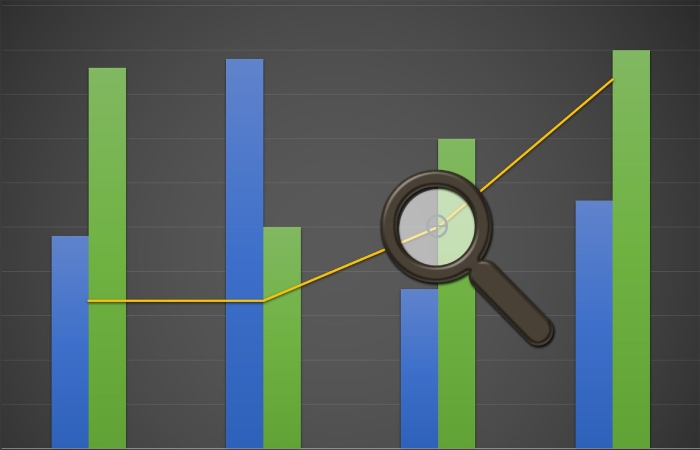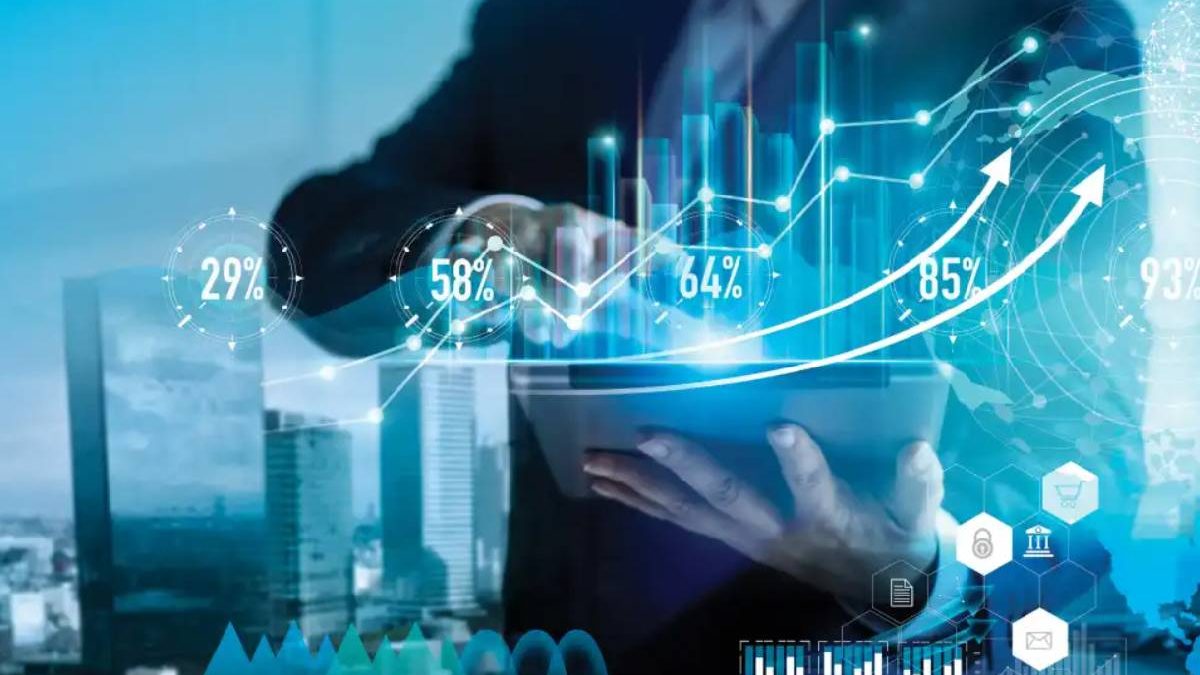Table of Contents
Introduction
Data Analytics is in a constant state of flux. As companies continue to invest money in analytics to drive their digital transformation, small business owners should watch for new best practices and trends to meet their business goals in the months and years ahead.
1. Predictive Analytics
As the data analytics market matures, businesses will stop using data analytics to review history. Instead, they will power their big data to predict the future.
This development is not far away from banks and financial institutions, loans, credit cards, insurance premiums, etc.
They develop analysis solutions to predict and manage possible risks, such as Marketers analyzing data to show the right ad to the right audience in the right place and time.
Law enforcement uses it in crime detection and prevention. Healthcare uses predictive data analytics for early disease detection.

2. Big Data in the Cloud
Today’s most challenging task is to process a lot of data generated every day. It is becoming difficult to collect, store, analyse, clean, label, and organise large volumes of data in one place.
Data scientists explore the best ways to store and retrieve data for later use.
In such challenging situations, artificial intelligence and cloud storage facilities come to the rescue.
The use of cloud platforms to store and make the best use of data is becoming more and more popular.
As a result, businesses and companies are turning to cloud storage services for ample data storage and processing.
3. Combining IoT and Analytics
Toasters, intelligent cars, thermostats in the kitchen, video doorbells, refrigerators, wireless speakers, etc.
Its value is that there will be up to 30.73 billion IoT-connected devices. Every IoT-enabled device generates data that needs to be analysed and has any value.
So it brings data analytics into the picture, and it’s a relationship that will deepen as IoT devices become more ubiquitous.
According to the IDC report, by 2025, every connected person will have at least one data interaction every 18 seconds.
These connections are due to billions of connected IoT devices worldwide that expect to generate more than 90ZB of data by 2025.
4. Augmented Data Analytics
One of the most significant difficulties with big data today is that a data scientist needs to clean and prepare data before understanding it by creating analytics and dashboards.
Even with a highly-skilled data scientist, there is much that can complete by hand, which significantly limits data analytics capabilities.
It is necessary to support augmented data analytics and wait for it to get stronger.
Put, more extensive data analytics is the process of using false intelligence (AI), machine learning (ML), and natural language processing (NLP) to augment analytics and business intelligence.
Data exploration, data management, data cleaning, categorization, managing metadata, etc. A lot of work whole to allow bots to do tough jobs such as
Gartner predicts that there will be automated preventive reports that platforms will understand. Then, by deciding which needs
5. Data Security and Privacy
The data breach scandals caused significant sanctions on data security and privacy.
As cloud computing technology evolves, businesses expect to access more comprehensive and richer digital file caches over the internet.
The globalization of Data’s also facilitates the faster and more efficient exchange of information, particularly best practices and research data, in industries such as healthcare, manufacturing, telecommunications, retail, and transportation, among other sectors.
6. AI Continues to make Data Analytics more Accessible
The continuous development of artificial intelligence and machine learning algorithms will pave the way for further automation and optimization of data analysis processes.
It will provide organizations with more accurate business information to take action.
AI brings predictive analytics alongside augmented analytics, enabling organizations to explore their historical data deeply using data mining, statistics, modeling, and machine learning.
7. Data Analysis is Constantly in Motion
It is becoming the norm, but it’s also evolving fast. For example, businesses use analytics to make informed decisions about subjective strategies, including recruiting, marketing, and branding.
On the other hand, objective decisions involving inventory, supply chains, fraud, and risk detection rely on complex data that helps determine statistical probabilities and forecasts with greater accuracy than ever before.
8. Blockchain Technology
Blockchain entered the IT industry after succeeding in the healthcare industry. With the help of blockchain technology, data scientists can succeed in applying analytical applications to decentralized data directly from their devices.
In addition, it is easy to verify and trace the origin of the data, thanks to blockchain technology.
The IT industry’s future depends on data science and analytics to meet expanding commercial demands.
Staying updated with developments and hiring data scientists will aid organizations in making educated judgments.
9. Combination of IoT and Analytics
The Internet of Effects (IoT) is a rapidly growing area in the data analytics industry, utilizing advanced technology, sensors, and software to exchange and share information, enhancing customer experiences.
Internet facility allows these devices to exchange and share information with the help of data analytics and machine learning.
Many large organizations are already using IoT to process data and improve customer experiences. But this trend will see rapid growth in small and medium businesses.
Conclusion
So, data analytics and business are the fuel of any business in this technological world. In any industry, data is gold.
These trends make it vital that data analytics as a field is multiplying. From being a new technology just a few years ago, even the most minor organizations benefit from data analytics somehow.



